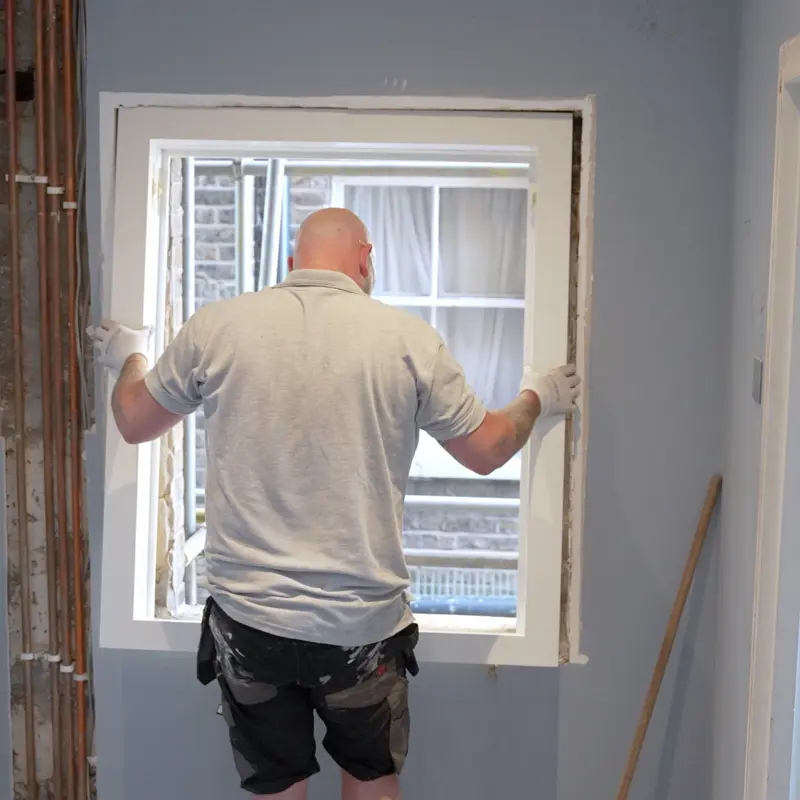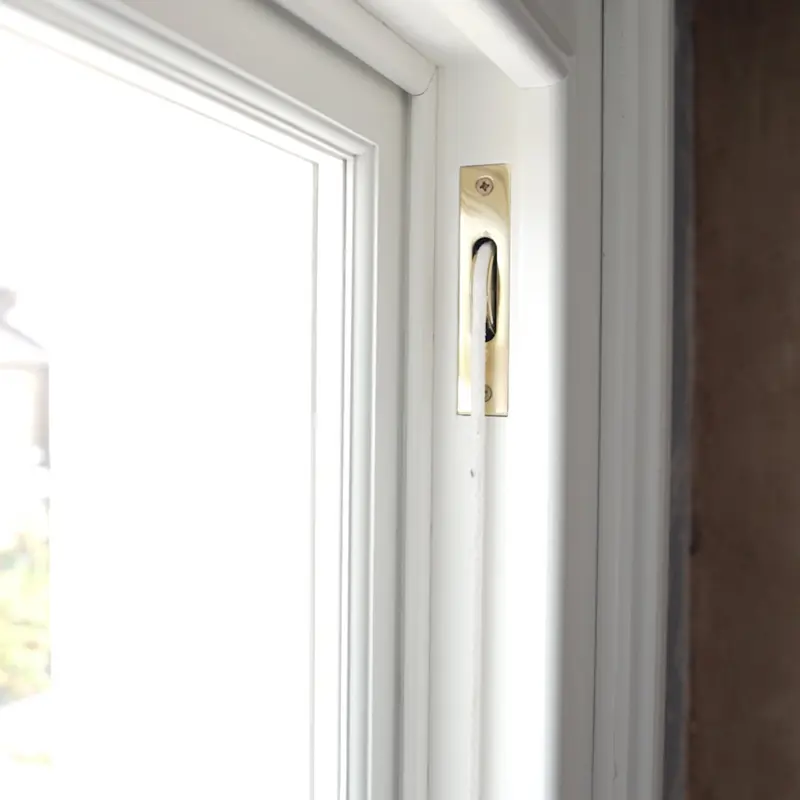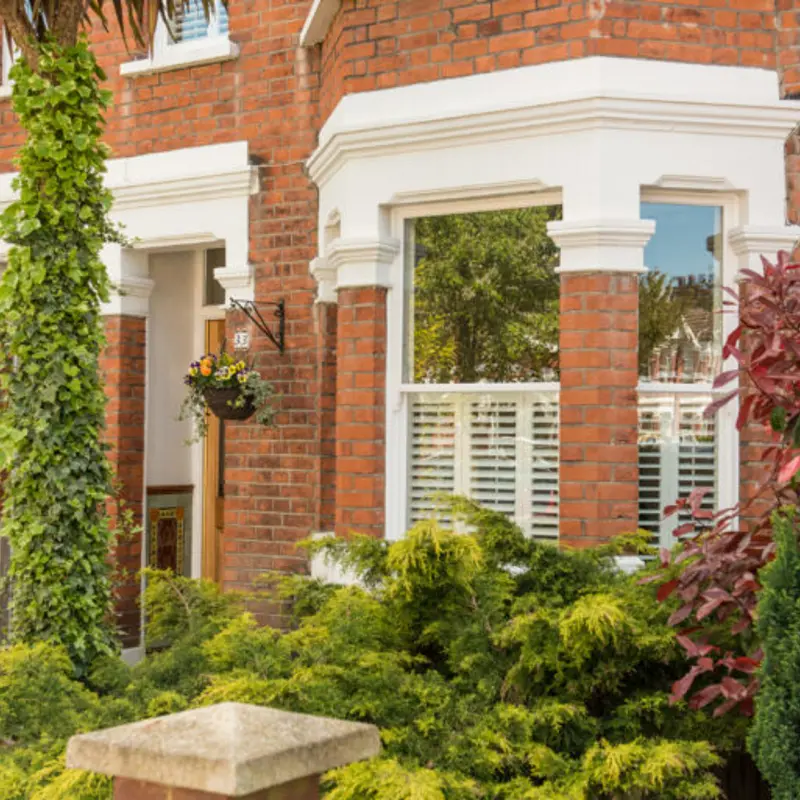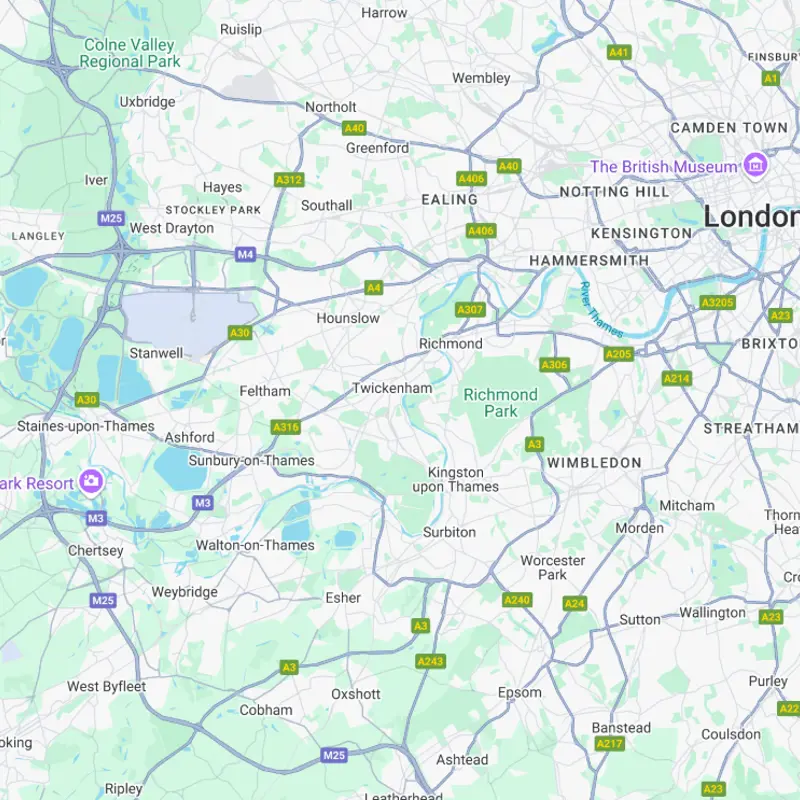Learn more about SashWise, a trusted team specialising in restoring, repairing and upgrading traditional sash windows to improve comfort, efficiency and style in homes across London and beyond.
SashWise are a trusted name in timber sash and casement window replacement and repair across West London. Based in Twickenham, we are a family-owned and operated business that has proudly served the local community since 2006. With nearly two decades of experience and a reputation for excellence, we take immense pride in preserving the charm and character of period properties through our expert craftsmanship.
At SashWise, we are more than just a business - we are a team of passionate artisans and craftsmen dedicated to preserving a vital part of Britain’s architectural heritage: timber sash windows. Founded by Dan Johnston, who leads a dedicated team of highly skilled window fitters, our company operates with a strong ethos of quality, transparency, and customer satisfaction.
Our team collectively brings over 25 years of experience to every project. Whether working on a stately Georgian home, a quintessential Victorian terrace, or an elegant Edwardian villa, we approach every job with the same meticulous attention to detail that has earned us our stellar reputation.
Being a family-run business, we understand the importance of personal touch and community values. Our customers are not just clients; they are neighbours, friends, and fellow custodians of West London’s rich architectural landscape.
SashWise is your one-stop destination for all things related to timber sash and casement windows. From basic repairs to full replacement, we specialise in returning your windows to their original beauty while enhancing their functionality and energy efficiency. Here’s a closer look at our services:
Double Glazing Upgrades:
We offer a range of double-glazing solutions to improve insulation without compromising the historical look of your property including the innovative new Fineo vacuum glazing.
Replacements:
For windows that are beyond repair, we offer custom-made timber window replacements that replicate the design and craftsmanship of your originals. Our replacements are built to match period-specific styles while incorporating modern improvements like energy-efficient glazing.
Draught Proofing:
Our draught-proofing service improves comfort, energy efficiency and reduces noise pollution. By fitting discreet seals, we eliminate cold draughts while preserving the beauty of your windows.
Restoration:
Our restoration service breathes new life into aging timber windows. We carefully strip away layers of wear and damage, restoring the frames and components to their original condition while retaining their historical integrity.
Repairs:
From tackling rot to fixing broken cords and pulleys, our team offers a comprehensive repair service to ensure your timber windows are secure, functional, and visually appealing.
Door installation:
We also supply and fit a wide range of doors to complement our sash and casement windows, including French doors and front and back doors.
Every project we undertake is guided by our unwavering commitment to quality. We use only the finest materials, including sustainably sourced Accoya timber, high quality heritage iron mongery and only the most durable quality paints. This ensures not only the longevity of your windows but also a seamless blend with your home’s original architecture.
At SashWise, we believe that timber sash windows are more than just a practical feature; they are a hallmark of Britain’s architectural heritage. Preserving them means preserving a piece of history, a connection to craftsmanship from a bygone era.
It’s this belief that drives our work. We take immense pride in restoring and enhancing these iconic features, returning them to their full glory while respecting the character of the buildings they adorn. For us, every successful project is not just a job well done – it’s a meaningful contribution to maintaining the historical charm of West London and beyond.
But there’s more to it than just preserving history. Beautifully maintained windows can also add significant value to your property. They enhance curb appeal, improve energy efficiency, and reduce noise pollution and ensure your home retains its period charm – something we are honoured to be a part of.
SashWise is proud to serve the vibrant and architecturally rich communities of West London, Middlesex, Surrey, and the surrounding areas.
Wandsworth
Clapham
Hammersmith
With a dedicated joinery workshop in Twickenham, this allows us to efficiently manage projects throughout West London. Whether you’re based in the heart of Richmond or the leafy streets of Chiswick, you can count on us for prompt, reliable service.
There are many reasons to trust SashWise with your sash window needs, but here are just a few:
Over 25 years of combined experience in timber sash and casement window replacement, restoration and repair
A proven track record of satisfied clients across West London
Use of the highest quality materials and traditional craftsmanship techniques
Family-owned and run, with a deep commitment to the local community
Comprehensive services tailored to Victorian, Edwardian, and Georgian properties
Competitive pricing and exceptional value for money
When you choose SashWise, you’re choosing a company that genuinely cares about your home, your satisfaction, and the legacy of West London’s architectural heritage.
We're always happy to discuss your timber window and door needs. Whether you're looking for advice, a detailed quote, or simply want more information about our services, our friendly team is here to help.
Restoration:
Our restoration service breathes new life into aging timber windows. We carefully strip away layers of wear and damage, restoring the frames and components to their original condition while retaining their historical integrity.
Repairs:
From tackling rot to fixing broken cords and pulleys, our team offers a comprehensive repair service to ensure your timber windows are secure, functional, and visually appealing.
Door installation:
We also supply and fit a wide range of doors to complement our sash and casement windows, including French doors and front and back doors.
Every project we undertake is guided by our unwavering commitment to quality. We use only the finest materials, including sustainably sourced Accoya timber, high quality heritage ironmongery and only the most durable quality paints. This ensures not only the longevity of your windows but also a seamless blend with your home’s original architecture.



